Increase in Urbanization
The rapid pace of urbanization appears to be a driving force in the Bus Card Reader Market. As more individuals migrate to urban areas, the demand for efficient public transportation systems intensifies. This trend necessitates the implementation of advanced payment solutions, such as bus card readers, to streamline fare collection and enhance user experience. According to recent data, urban populations are projected to reach 68% by 2050, which could lead to a substantial increase in public transport usage. Consequently, the Bus Card Reader Market is likely to witness significant growth as transit authorities seek to modernize their systems to accommodate the rising number of commuters.
Focus on Enhanced User Experience
The emphasis on enhancing user experience is a pivotal driver in the Bus Card Reader Market. Transit authorities are recognizing the importance of providing a seamless and user-friendly payment process to attract and retain passengers. This focus on user experience often translates into the adoption of advanced bus card readers that offer features such as real-time updates, easy navigation, and multiple payment options. As competition among transit systems intensifies, the need to improve customer satisfaction becomes paramount. Consequently, the Bus Card Reader Market is likely to benefit from this trend as operators invest in technologies that enhance the overall travel experience for commuters.
Government Initiatives and Funding
Government initiatives aimed at improving public transportation infrastructure significantly influence the Bus Card Reader Market. Various governments are investing in smart transportation solutions to enhance efficiency and reduce congestion. For instance, funding programs for public transit upgrades often include provisions for the installation of electronic fare collection systems, including bus card readers. This trend is evident in several regions where governments have allocated billions in funding to modernize transit systems. Such initiatives not only promote the adoption of bus card readers but also encourage the integration of technology in public transport, thereby fostering growth in the Bus Card Reader Market.
Technological Advancements in Payment Systems
Technological advancements in payment systems are playing a crucial role in the evolution of the Bus Card Reader Market. Innovations such as Near Field Communication (NFC) and Radio Frequency Identification (RFID) are enhancing the functionality and efficiency of bus card readers. These technologies enable faster transactions and improved data collection, which are essential for modern public transport systems. As transit authorities increasingly adopt these advanced technologies, the Bus Card Reader Market is likely to experience substantial growth. Furthermore, the integration of data analytics into payment systems may provide valuable insights for transit operators, further driving the demand for sophisticated bus card readers.
Rising Demand for Contactless Payment Solutions
The increasing consumer preference for contactless payment methods is reshaping the Bus Card Reader Market. As individuals seek convenience and speed in their transactions, transit authorities are compelled to adopt technologies that facilitate seamless fare collection. Data indicates that contactless payments are expected to account for a significant portion of all transactions in the coming years. This shift towards contactless solutions is likely to drive the demand for advanced bus card readers that support various payment methods, including mobile wallets and smart cards. Consequently, the Bus Card Reader Market is poised for expansion as transit systems adapt to meet evolving consumer expectations.

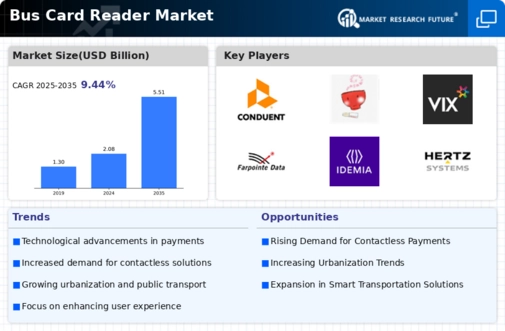

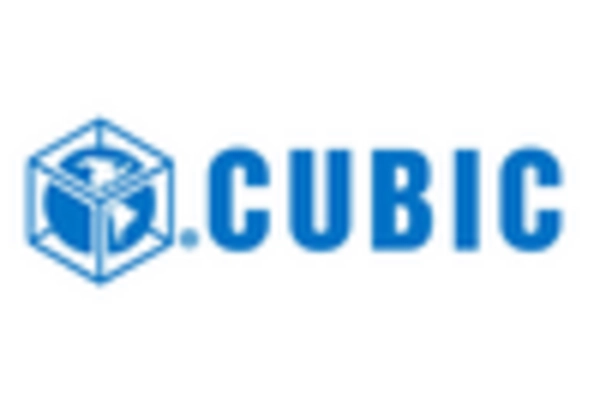
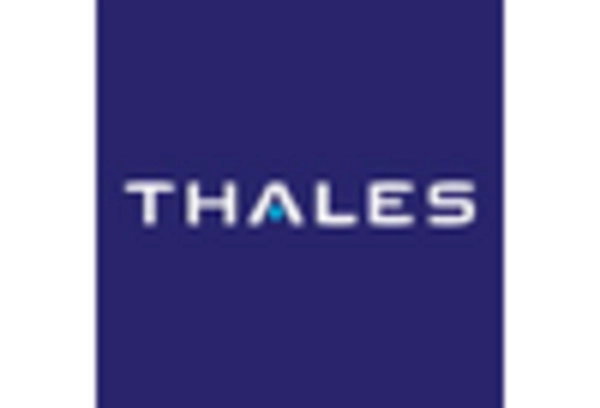
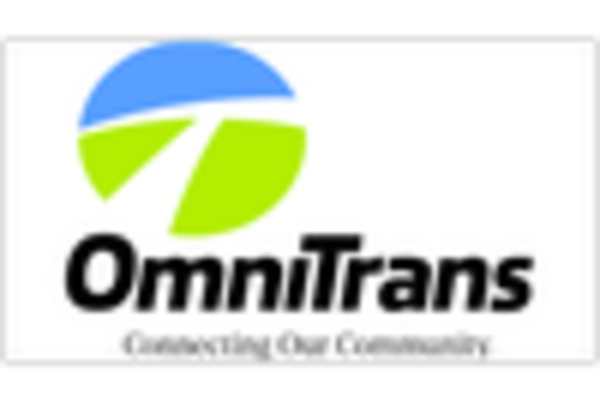

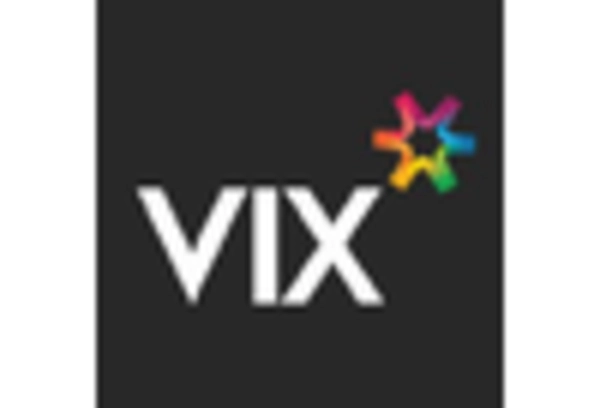








Leave a Comment